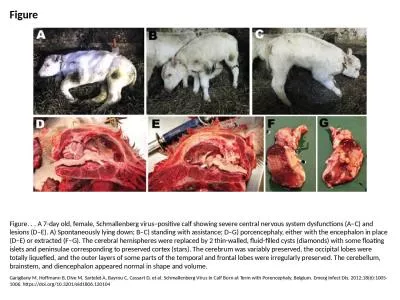PPT-BLOOD TYPES On a cold day in 1667, a renegade physician named Jean Denis transfused calf's
Author : lois-ondreau | Published Date : 2018-11-03
he ordeal resulted in the ban of human blood transfusions in France unless approved by the Paris Faculty of Medicine Denis was ultimately cleared of the charges
Presentation Embed Code
Download Presentation
Download Presentation The PPT/PDF document "BLOOD TYPES On a cold day in 1667, a ren..." is the property of its rightful owner. Permission is granted to download and print the materials on this website for personal, non-commercial use only, and to display it on your personal computer provided you do not modify the materials and that you retain all copyright notices contained in the materials. By downloading content from our website, you accept the terms of this agreement.
BLOOD TYPES On a cold day in 1667, a renegade physician named Jean Denis transfused calf's: Transcript
Download Rules Of Document
"BLOOD TYPES On a cold day in 1667, a renegade physician named Jean Denis transfused calf's"The content belongs to its owner. You may download and print it for personal use, without modification, and keep all copyright notices. By downloading, you agree to these terms.
Related Documents














